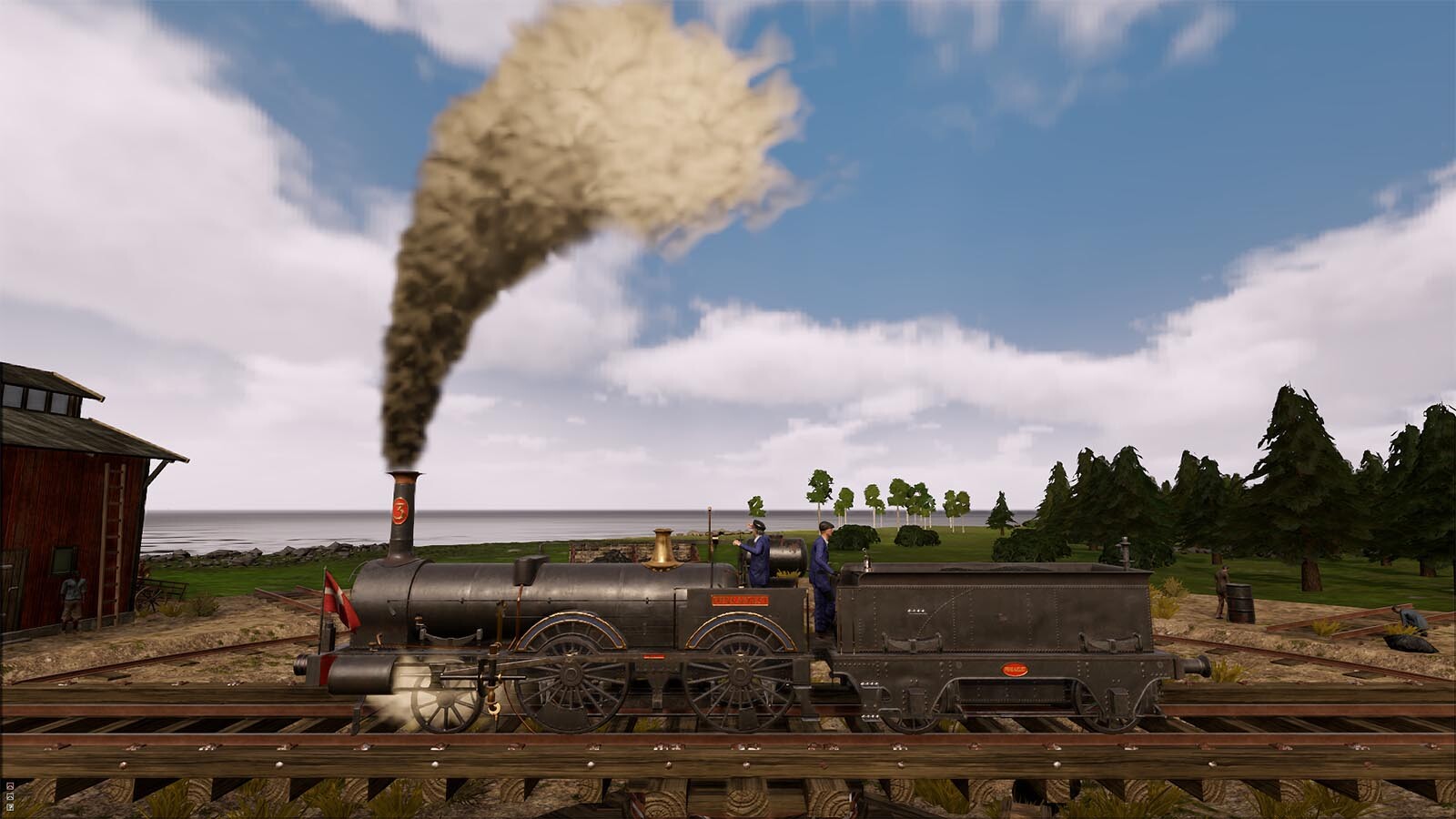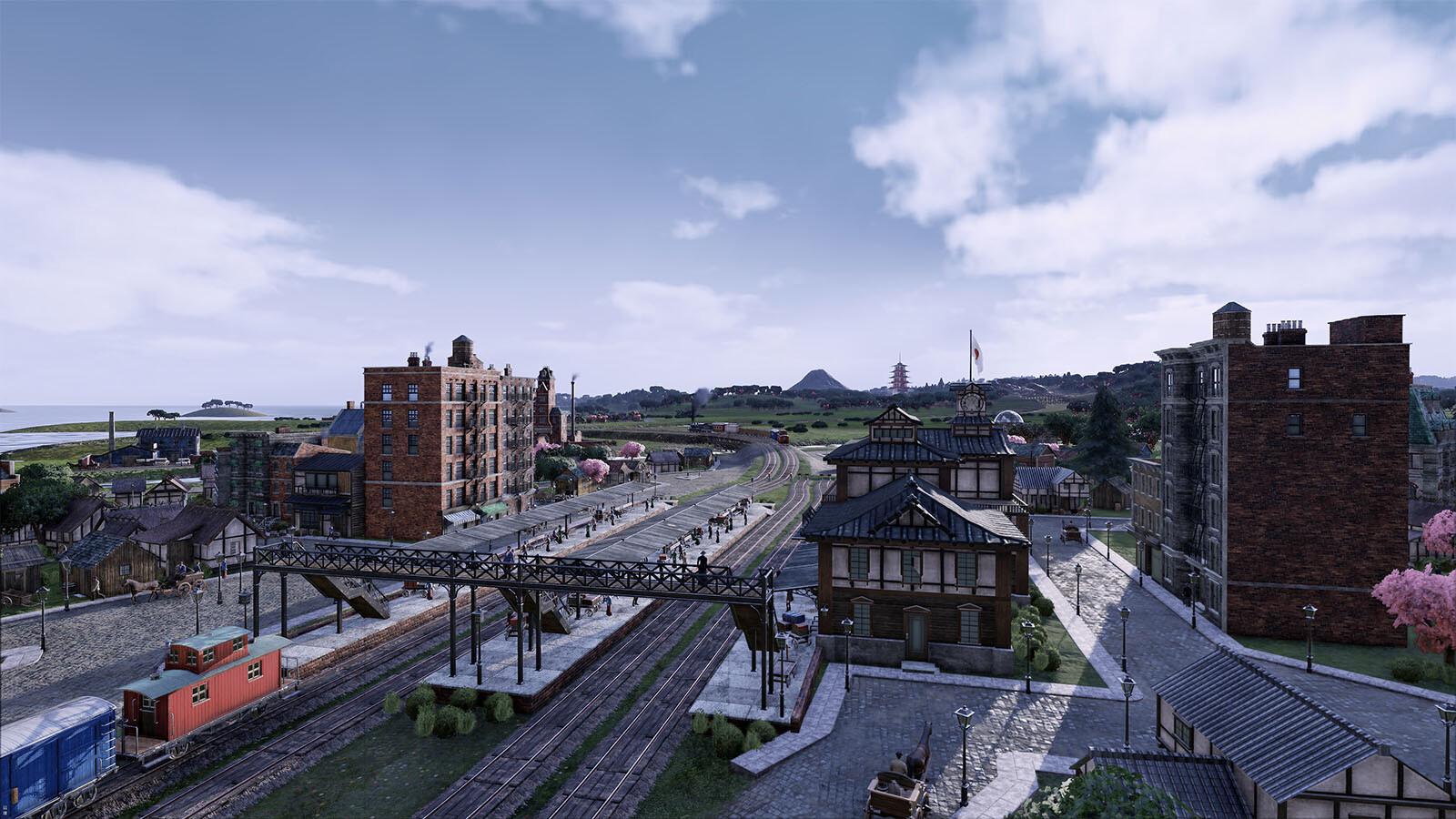

Indians were excluded from all of these functions. The British ran government, tax collection, and administered what passed for justice. Instead of building self-government from the village level up, the East India Company destroyed what existed. Nor did Britain work to promote democratic institutions under imperial rule, as it liked to pretend. No greater indictment of the failures of British rule in India can be found than the tragic manner of its ending. Partition left behind a million dead, 13 million displaced, billions of rupees of property destroyed, and the flames of communal hatred blazing hotly across the ravaged land.

Yet the creation and perpetuation of Hindu–Muslim antagonism was the most significant accomplishment of British imperial policy: the project of divide et impera would reach its culmination in the collapse of British authority in 1947. It is questionable whether a totalising Hindu or Muslim identity existed in any meaningful sense in India before the 19th century. the railways were first conceived by the East India Company for its own benefit. Muslim refugees cram aboard a train during the partition conflict in 1947.

Large-scale conflicts between Hindus and Muslims (religiously defined), only began under colonial rule many other kinds of social strife were labelled as religious due to the colonists’ orientalist assumption that religion was the fundamental division in Indian society. Not only were ideas of community reified, but also entire new communities were created by people who had not consciously thought of themselves as particularly different from others around them.
#RAILWAY EMPIRE LANGUAGE SKIN#
Thus colonial administrators regularly wrote reports and conducted censuses that classified Indians in ever-more bewilderingly narrow terms, based on their language, religion, sect, caste, sub-caste, ethnicity and skin colour. The effort to understand ethnic, religious, sectarian and caste differences among Britain’s subjects inevitably became an exercise in defining, dividing and perpetuating these differences. Since the British came from a hierarchical society with an entrenched class system, they instinctively looked for a similar one in India. As early as 1859, the then British governor of Bombay, Lord Elphinstone, advised London that “Divide et impera was the old Roman maxim, and it should be ours”. Later, in 1857, the sight of Hindu and Muslim soldiers rebelling together, willing to pledge joint allegiance to the enfeebled Mughal monarch, alarmed the British, who concluded that pitting the two groups against one another was the most effective way to ensure the unchallenged continuance of empire. In the years after 1757, the British astutely fomented cleavages among the Indian princes, and steadily consolidated their dominion through a policy of divide and rule. Photograph: Universal History Archive/Getty Imagesįar from crediting Britain for India’s unity and enduring parliamentary democracy, the facts point clearly to policies that undermined it – the dismantling of existing political institutions, the fomenting of communal division and systematic political discrimination with a view to maintaining British domination. an English dignitary rides in an Indian procession, c1754.


 0 kommentar(er)
0 kommentar(er)
